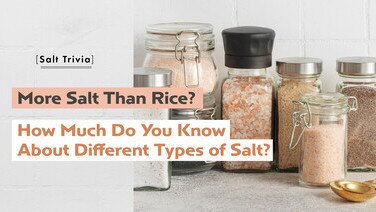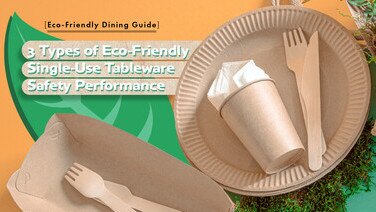Thick vs Thin mat? It all depends on the type of exercise you do…..
Thick mat: If you are new to yoga or would like to focus more on static or seated poses, or if you have achy joints or certain injuries, then a thicker and softer mat would be more suitable for you as it would give you the necessary cushioning effect and make you feel more comfortable.
Thin mat: If you need to practise more dynamic sequences which involve jumps and movements or certain standing poses which require a high level of body balance, then a thinner mat would be more suitable as it would give you a firmer grip on the floor.
Yoga mats - the material does matter!
PVC: They are generally cheaper but however they score low in elasticity and can easily deform and age fast;
TPE: They are lighter and therefore more suitable for people who need to carry or travel with them from time to time. They are also good in elasticity and grip. However vast price disparity exists in the market with prices range from $100 to $630
Rubber: They are normally more durable. They provide better grip in general and do not easily slip when you do jumps and movements. In Consumer Council’s previous tests, fewer harmful substances were detected in the 3 rubber mats that were tested. However, rubber mats are heavier and more expensive. Also, people who are sensitive to latex should avoid yoga mats made of natural rubber
Let your new yoga mat “breath” before use
Some yoga mats may contain small amounts of formamide which are harmful to human bodies (Extended reading: “Inhaling toxin fumes while exercising….all because of your yoga mat?”). According to The French Agency for Food, Environmental and Occupational Health & Safety (ANSES), the level of formamide emission in foam mats is highest in the beginning and decreases rapidly in the next few days. In about a month, the emission level drops to 20 to 30 µg/m3 which is considered safe for human bodies. Therefore, before using a new yoga mat, it should be left open in a place with good ventilation and kept out of reach of infants and pets for several days. An effective way to reduce toxic emission is to let the new mat “breath” (just like a good bottle of red wine).
Wear long sleeves and long pants if you use a communal yoga mat
The colourful yoga mats can be breeding grounds for bacteria and fungus and media to spread infectious diseases. Wearing long sleeves and long pants and using yoga towels on top of communal mats can reduce direct contact between the skin and the mats. If your body has any wound or injury, you should properly wrap the wound to reduce risks of infection. Also, remember to WASH YOUR HANDS with mild soaps after exercise.
Be good to your mat
Yoga mats also need your good care! Before each use you should wash your hands and feet to rid of any grease and dirt from your skin. If you sweat easily you can use a towel on top of the mat to keep it clean. You should keep your yoga mat at a dry spot away from direct sun exposure and it should be left open and aired out from time to time in order to eliminate build-up of moisture and odour. If your yoga mat starts flaking, then may be it is time to buy a new one!
Based on the above information, do you have a good grasp in selecting the “dream” mat? You may refer to the article: “Harmful Substances Detected in Yoga Mats with 9 Samples Containing Relatively High level of Formamide”. CHOICE Magazine, Issue 521. The Consumer Council have tested and ranked 30 yoga mats in the market which should enable you in making the right choice!







![[Baby Snacks Guide] Who Says Snacks Can’t Be Healthy?](/f/guide_detail/415742/376c212/bb%20snack.jpg)



